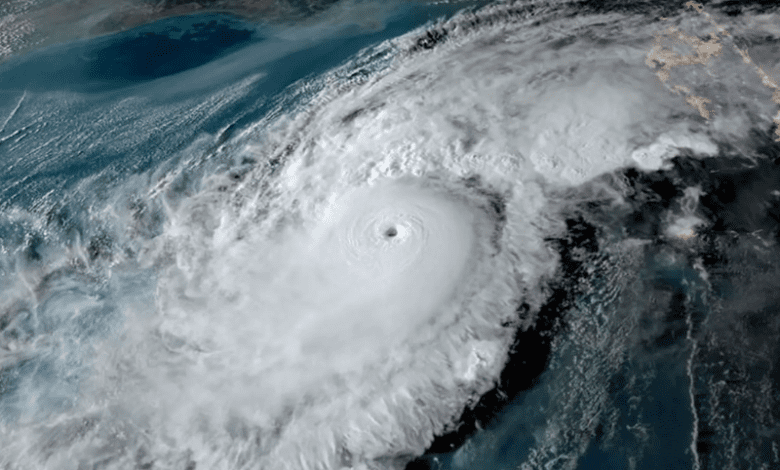Atlantic Hurricane Season 2025: Four Major Storms, 17 Named Systems Expected

Scientists at Colorado State University predicted an above-normal 2025 Atlantic hurricane season with 17 named storms, nine hurricanes and predicted that four of which will be major (Category 3 or greater). The season technically lasts from June 1 to November 30, a time period the National Oceanic and Atmospheric Administration (NOAA) has identified as the yearly peak for Atlantic hurricane activity.
The prediction indicates activity will be around 125% of the 1991-2020 average seasonal level, down a little from the 130% of 2024 but still well above. Elevated warm sea surface temperatures in the Atlantic and Caribbean though less extreme than in 2024 are the main cause of this heightened activity. CSU researcher Levi Silvers says that while temperatures have cooled a bit since 2024, they are still well above normal and this is good for storm formation.
The uncertainty of the season is also partly caused by the El Nino-Southern Oscillation (ENSO) cycle. Current weak La Nina conditions are expected to shift to neutral conditions which normally permit greater storm development. The lack of El Nino which normally inhibits hurricanes, increases the chances of a more active season.
The World Meteorological Organization has already assigned names to 2025’s storms, beginning with Andrea and ending with Wendy. If there are more than 21 storms, a list of supplemental names will be employed.
AccuWeather, a private forecaster, also predicts an active season, forecasting 13-18 named storms and 3-5 major hurricanes. NOAA’s official forecast is due in May.
After the disastrous 2024 season where it resulted in $130 billion worth of damage and took 427 lives, specialists emphasize readiness particularly in susceptible coastal areas.
